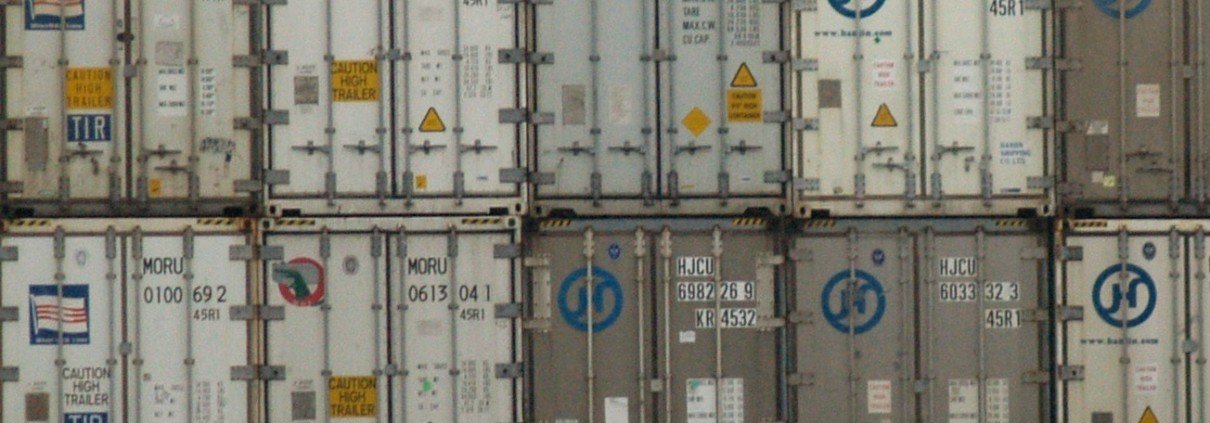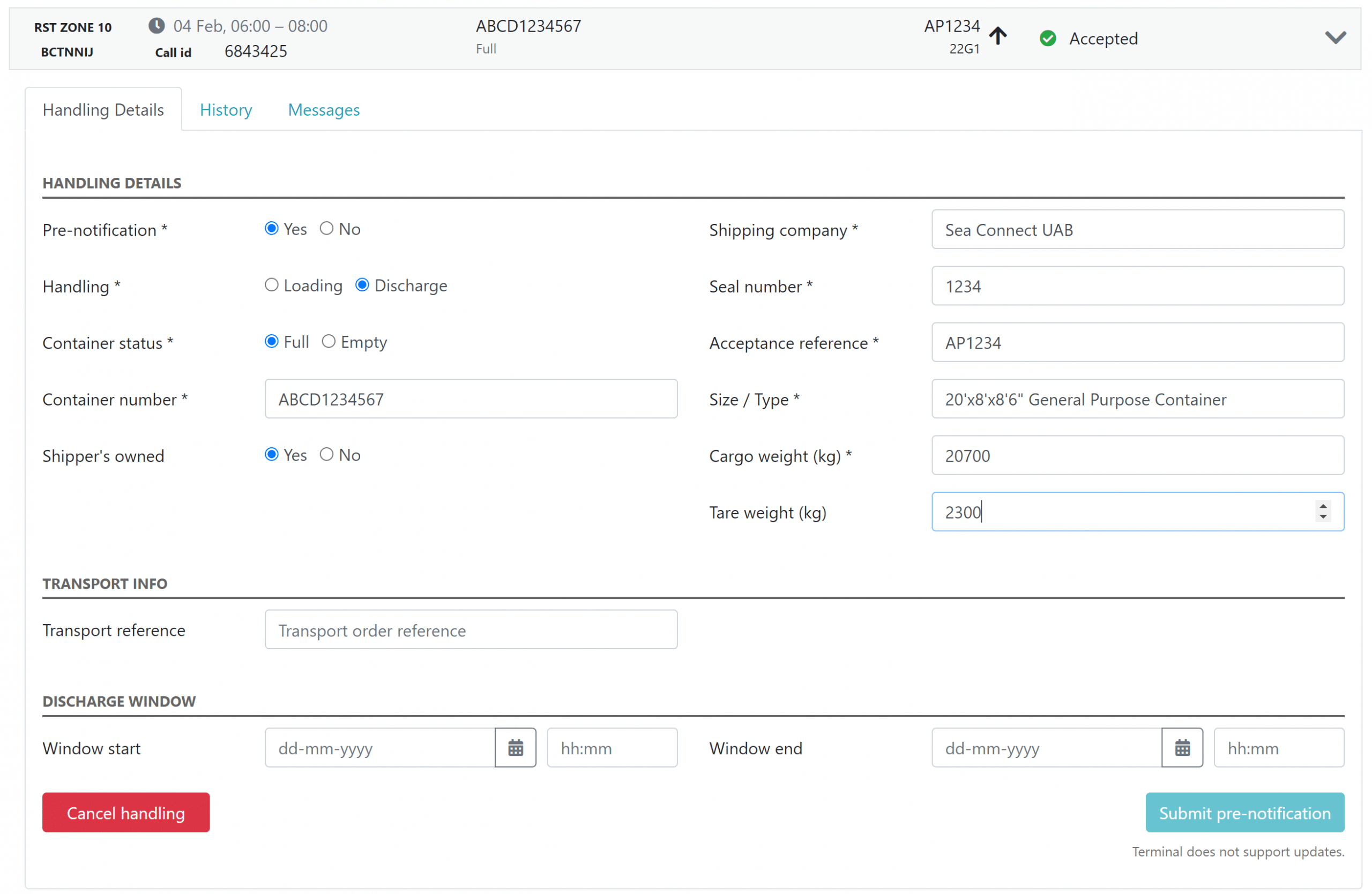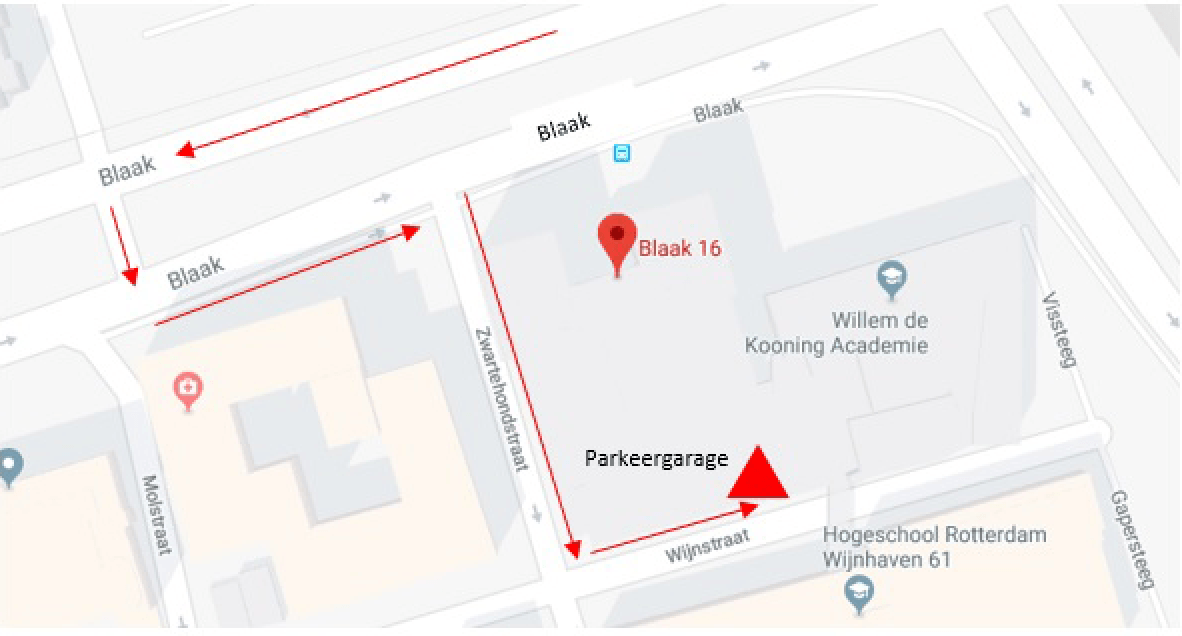Handling transshipment correctly – code 27 will remain necessary
It has come to our attention, together with Customs, that not all shipping companies and shipbrokers are using the Customs process sea in / sea out (code 27) when submitting their Summary Declaration for transshipment cargo. However, this code is still necessary! Only when you use code 27 will the Port Community System recognise the transshipment cargo. The appropriate B/L will then be automatically transferred to the outgoing manifest and cleared by Customs.
The confusion regarding the use of the sea in / sea out process probably stems from the fact that since late 2014, Customs has used a different method for clearing transshipment cargoes. Whereas clearance was previously a direct result of the sea in / sea out process, it is now based on the outgoing manifest. When this outgoing manifest includes containers that are listed in the incoming Summary Declaration with the sea in / sea out process, the cargo is cleared from the Summary Declaration by Customs.
For this reason, it is essential that you or your representative include the sea in / sea out process in the Summary Declaration. Only then will the appropriate B/Ls from the Summary declaration be relayed to the outgoing manifest in the Port Community System.
Longer than 14 days at the terminal?
If your transshipment cargo will be at the terminal for a period longer than 14 days but shorter than 45 days, a supplementary Exit Summary Declaration (EXS declaration) will be necessary for departure. Portbase offers the service Exit Summary Declaration for this purpose. The optimal reuse of data makes it simple to comply with this Customs requirement. For transshipment cargoes that remain at the terminal longer than 45 days, you will be required to create a storage document. If after 45 days the goods then depart by sea, the depot document must be discharged by means of a re-export declaration.
Transshipment via a different terminal?
Will a transshipment container be departing from a terminal other than the one it arrived? A transport document (T-document) is required for the intermediate journey. This T-document will be used to clear the B/L from the Summary Declaration. The sea in / sea out process for the B/L listed in the Summary Declaration will no longer be valid and must be deleted from it. If this is not taken care of, a mismatch will occur. When you use the Portbase service Transit Declaration to prepare your T-documents, you will automatically be issued a warning when an additional sea in / sea out process is linked to one of your shipments.



